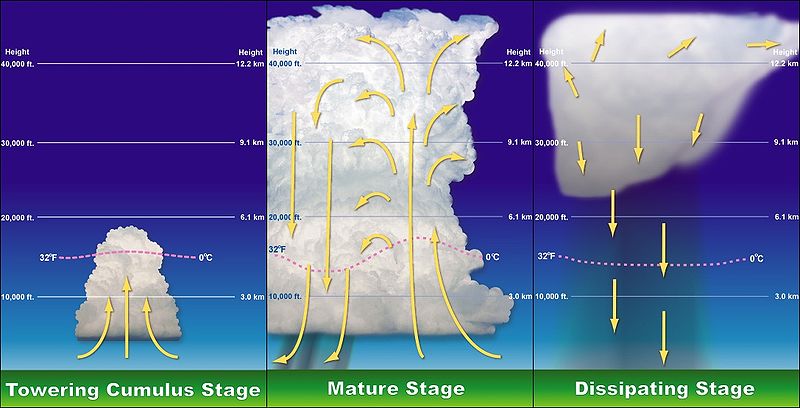I know that you are focusing on the concept, but I also know from what you posted in the past that you disagree with the numbers the IPCC cranked out so far.
For example the serious discrepancies in the proxy series you exposed a couple of years ago.
It turned out that the concept using tree ring proxies is not any better than using what the groundhog did on groundhog day as a climate proxy.
Overall I do not disagree with the concept as you lay it out, but somewhere along the line that has to be expressed in numbers.
If we use empirical data then we have to rely on the tree ring proxy and M.Mann speaking as the master of ceremony for the Yamal tree instead of the groundhog.
So the best way would be as you suggested as a step#1 to start out with a sphere that has no atmosphere and hash it out what kind of numbers we get with the numbers we picked for the factors that determine the outcome for step #1.
There is no way to avoid picking some numbers like for example the albedo.
There is also no way to short circuit the thermal property and the mass that has to be warmed during a 12/24 hour exposure cycle using the StB equation....and proceed by using an average value between the maximum and the minimum for that cycle.
I`m looking forward to see what you and others who wish to discuss the step by step concept you suggested have to say regarding step#1.
One thing is for sure the way the U of Washington "solved" step #1 is ridiculous.
Yes, the whole dim flat disc assumption is bogus. Especially when you consider that most of the things that make Earth habitable happen around the daily maximum.
I still haven't figured out a good way to get people here to realize a watt of highly ordered, short wavelength solar input is much more capable of doing work than a watt of diffuse IR. The two are not interchangeable but they are assumed to be.
Wow...! Your reply got buried under a pile of verbal fist-fighting in this thread.
I am sorry I`m taking so long to respond while you wind up having to fight multiple battles during that time. It`s not even possible for SSDD to discuss your concept with us in the order you suggested because he gets dog-piled with arguments that do not even come to play yet at step#1 & a sphere with no atmosphere. The 2 points you mentioned here are a good example of how some of the most basic physics have become stumbling blocks instead of building blocks.
"Yes, the whole dim flat disc assumption is bogus. Especially when you consider that most of the things that make Earth habitable happen around the daily maximum."
Which is exactly where I also would have continued at step#1.
For convenience`s sake I decided to use a typical RC charge/discharge curve to illustrate this:
The temperature curve approaching the daily maximum would look quite similar to a capacitor being charged with a limited output power supply. The power supply being the incident solar radiation being distributed over 1/2 the sphere while the capacitance simulates the mass of the spherical shell that is being warmed during the (12 hour) "charging" cycle.
Assuming a situation where we begin with the very first charging cycle it would be unreasonable to think that we already arrived the temperature plateau we will reach after that cycle has been repeated many times over. I say that because during each cycle the mass being warmed will increase by the amount of heat that penetrates to a slightly greater depth of that shell.
We can observe this with the temperature/depth gradient on land and in a body of water.
That will affect what happens next when the warmed portion of the shell rotates into the discharge portion of each cycle. As the number of cycles progresses the charge (or heat) which is retained to the end of the discharge cycle and the beginning of the next charge cycle will not be the same as it was at the start when we "booted" this system...but will have increased by a small amount.
However eventually we will reach a plateau for both, the charge and the discharge cycle.
I`m looking forwards to see what your thoughts are regarding this up to this point are.



